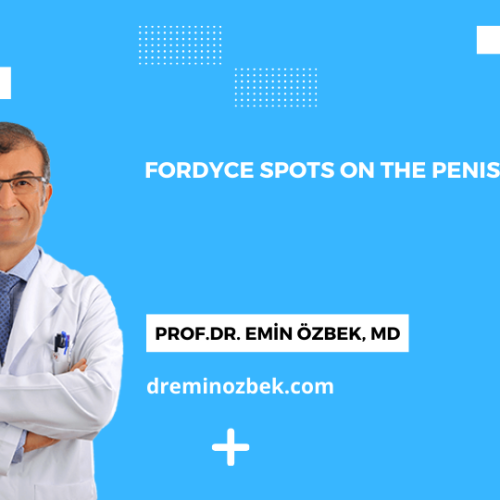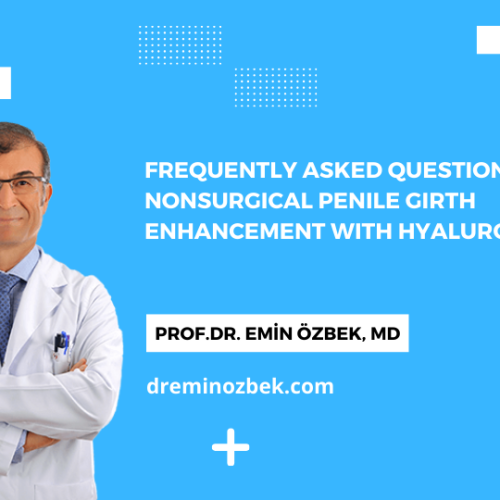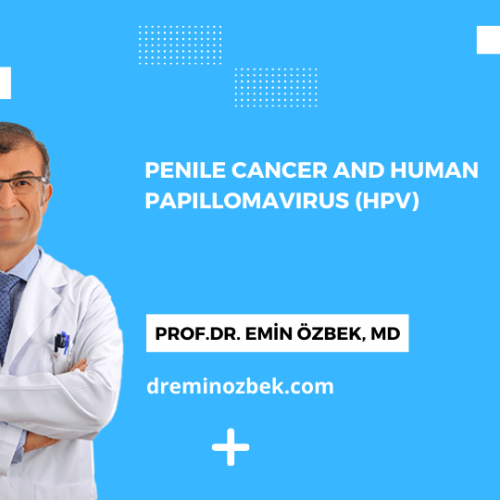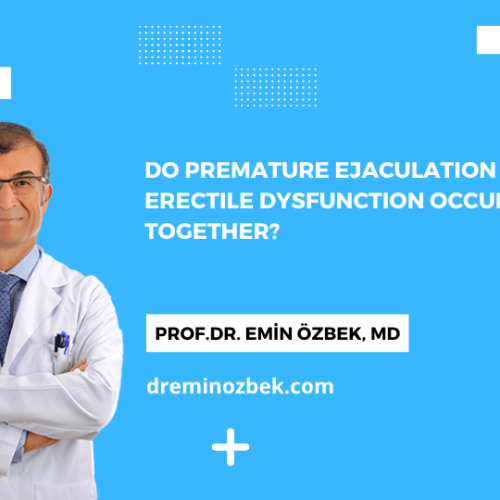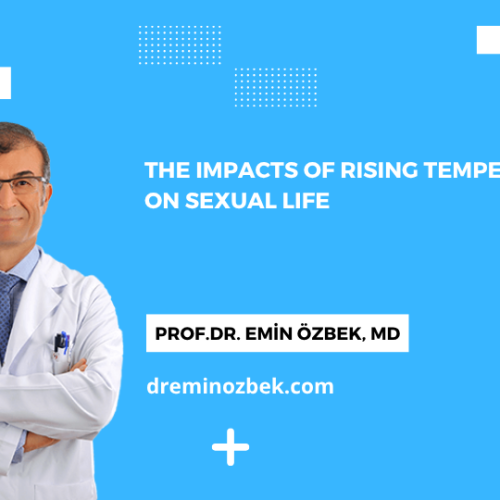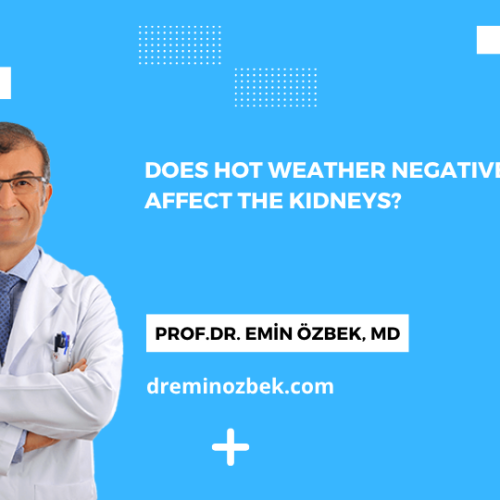Fordyce spots on the penis are small, raised, pale or white-yellow bumps that appear on the shaft or foreskin. They are enlarged oil glands and are completely normal, non-contagious, and harmless. These spots are a common anatomical variation and typically require no treatment unless for cosmetic reasons. What Are Fordyce spots on the penis? Fordyce...
Category: Blog
Frequently Asked Questions About Nonsurgical Penile Girth Enhancement with Hyaluronic Acid
Nonsurgical penile girth enhancement using hyaluronic acid (HA) is an increasingly popular cosmetic procedure designed to increase penis circumference safely and effectively. This frequently asked questions (FAQs) provides clear, concise answers to common questions about the treatment, how it works, what to expect, and its potential benefits and risks. FAQs about nonsurgical penile girth enhancement...
Penile Cancer and Human Papillomavirus (HPV)
Penile cancer is a rare but serious malignancy that primarily affects the skin and tissues of the penis. A significant risk factor for the development of penile cancer is infection with the Human Papillomavirus (HPV), particularly high-risk strains such as HPV-16 and HPV-18. HPV is a common sexually transmitted infection that plays a critical role...
Advantages of Penile Augmentation without Surgery
Penile augmentation has long been associated with invasive surgical procedures, often carrying risks, high costs, and long recovery times. However, advancements in medical science now offer non-surgical alternatives that are safer, less invasive, and more accessible. This article explores the key advantages of penile augmentation without surgery, highlighting how modern techniques can enhance confidence and...
Comparison of Microscopic Varicocelectomy and Embolisation: Which is the Best?
Varicocele, a common cause of male infertility, is characterized by dilated veins within the pampiniform plexus of the scrotum. Among the various treatment options, microscopic varicocelectomy and percutaneous embolisation are two widely used approaches aimed at relieving symptoms and improving fertility outcomes. Each method offers distinct advantages and limitations in terms of efficacy, complication rates,...
Do Premature Ejaculation and Erectile Dysfunction Occur Together?
Premature ejaculation (PE) and erectile dysfunction (ED) are two of the most common male sexual disorders. While they are distinct conditions—PE involving early climax and ED involving difficulty achieving or maintaining an erection—they often share overlapping psychological and physiological factors. Understanding whether these conditions frequently occur together is important for accurate diagnosis and effective treatment....
The Impacts of Rising Temperatures on Sexual Life
As global temperatures continue to rise due to climate change, the effects are reaching far beyond melting glaciers and extreme weather events. One lesser-explored yet increasingly important area is the impact of heat on human sexual behavior, reproductive health, and intimacy. From physiological stress and reduced fertility to shifts in mood and desire, elevated temperatures...
Does Hot Weather Negatively Affect the Kidneys?
Hot weather can have a significant impact on the body, especially through dehydration and heat stress. As temperatures rise, the body loses more fluids through sweat, which can lead to reduced blood flow to the kidneys and increased risk of kidney damage. This topic explores the connection between heat exposure and kidney health, examining whether...
Undescended Testis (Cryptorchidism) in Adults
Cryptorchidism, commonly known as undescended testis, is a condition typically diagnosed and managed during infancy or early childhood. However, in rare cases, it can persist into adulthood either due to missed diagnosis or failed treatment. Adult cryptorchidism poses unique clinical challenges, including an increased risk of infertility, testicular malignancy, and hormonal imbalances. Unlike in pediatric...
Is Varicocele-Induced Testicular Atrophy Reversible?
Varicocele, a common condition characterized by the enlargement of veins within the scrotum, can negatively affect testicular function and size, often leading to testicular atrophy. This atrophy, or shrinkage of the testicle, raises concerns regarding fertility and hormonal health in affected individuals. A critical question in both clinical practice and patient care is whether testicular...


